by Mike –
Iso was a manufacturer of scooters after World war II so naturally the first version of the Isetta had a one cylinder scooter engine, although this engine used the Iso internal twin-piston design.
After World War II cheap short-distance transportation was needed in Italy and all of Europe. Renzo Rivolta, the owner of Iso, wanted to fill that need with the Isetta. He wanted to build a covered motorcycle.
The Isetta door incorporated the steering wheel and dashboard so that the driver could drive front first into a curd side parking and open the door and step out directly onto the sidewalk (the steering wheel and dashboard moved out of the way with the door). This is a very small car and it takes up less than half of the space of most other cars.
The door design is not related to the design of a refrigerator door – this rumor has been spread around because Iso was previously named Isothermas and manufactured refrigerators. Famous car people in the US with their own television shows have spread this false story (I will not mention their names here).
It turns out the engineering people behind the Isetta had aerospace experience mainly Ermenegildo Preti, Ing. Salvo and Pierluigi Raggi. Renzo Rivolta hired Preti because they shared the same vision for a new type of car that was needed in the early 1950s and Preti hired the others. These engineers were not from the refrigerator business.
Mille Miglia
Factory entered Iso Isettas finished first, second and third in the economy class at the 1954 Mille Miglia.
The Isettas averaged more than 43 mph during this grueling 1,000 mile race.
The Isetta has been an influential design for low cost, fuel efficient city cars.
This Mille Miglia Iso Isetta race car was displayed at the Iso celebration on April 27 & 28, 2013 in Bresso, Italy.
These little cars have been showing up at auctions and classic car dealers more frequently in the last few years as they are becoming more appreciated as a part of automotive history.
The Isetta is stylish too, as Cary Grant demonstrates above.
Let us know what you think in the Comments.
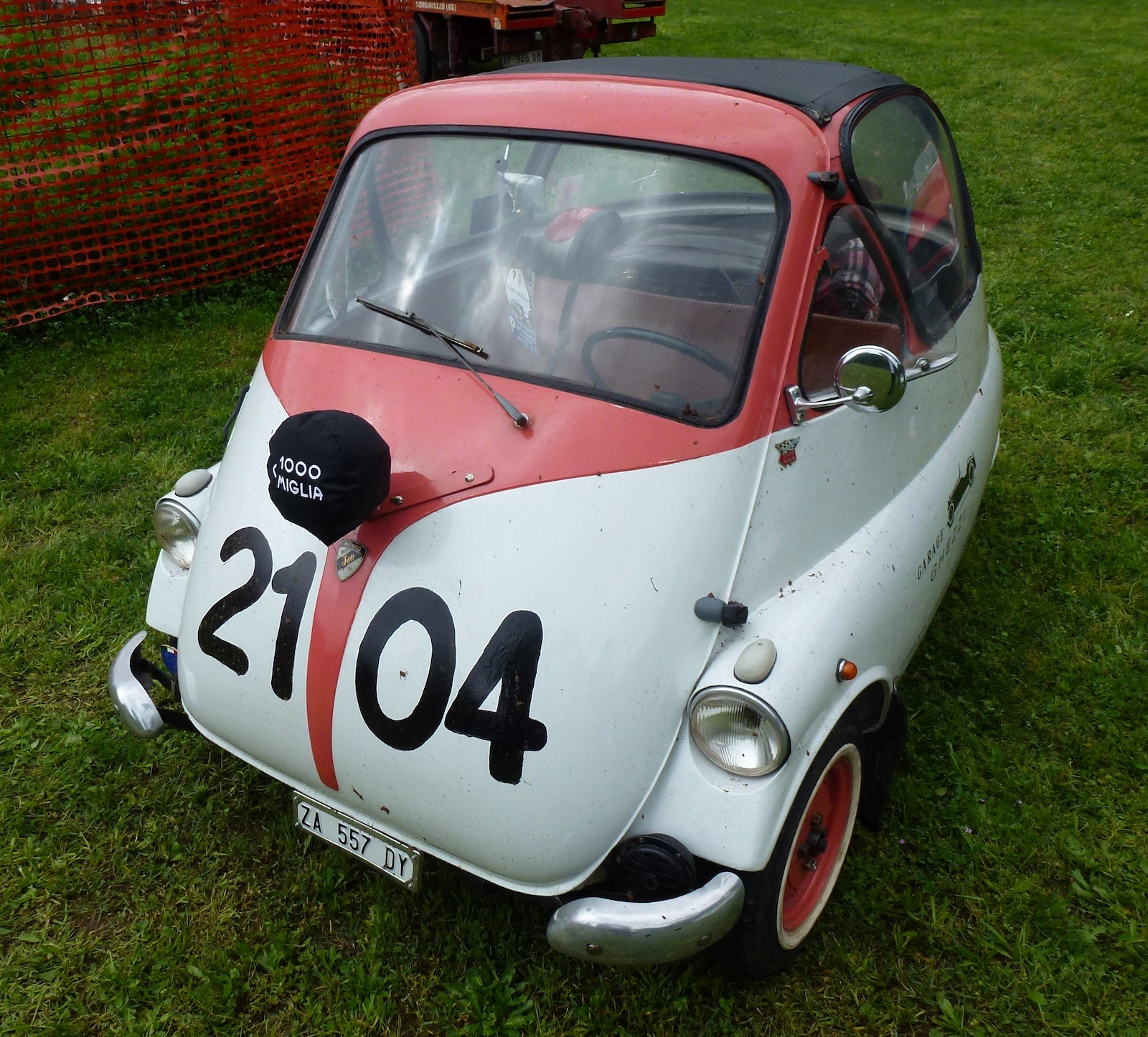
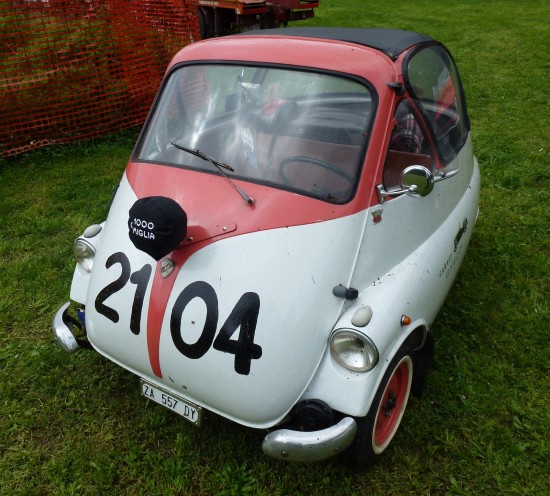


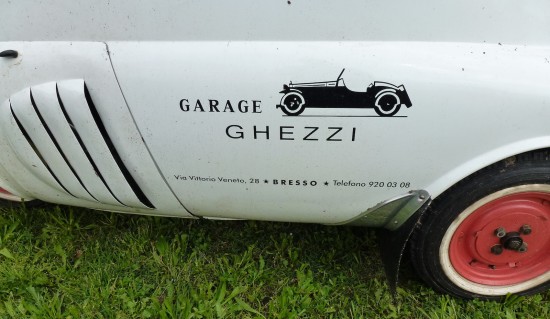
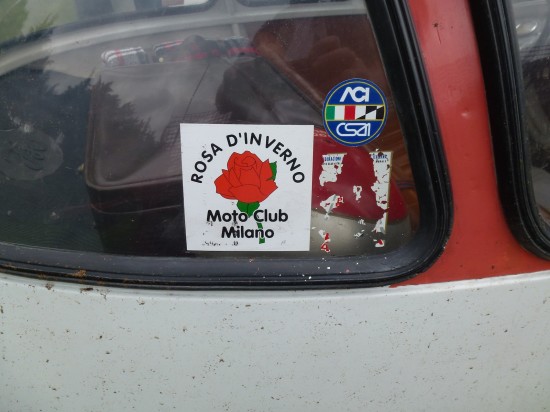
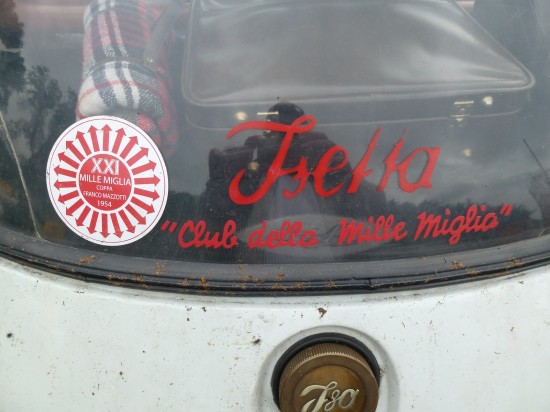


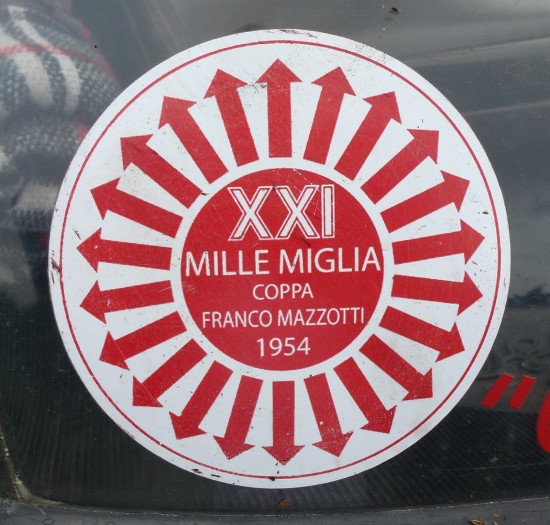


Is there some kind of subliminal message in the write-up? I can’t stop thinking about cottage cheese…
Were these cars noisy? I suppose in a race like Mille Miglia that noise would be nothing new, but I get the impression the ride was less than optimal… What kind of fuel economy would they have had in race conditions?
There is some message there.
I suspect it was noisy during a race and the gas mileage was probably good on the street considering it was a motorcycle engine but for racing, who knows?